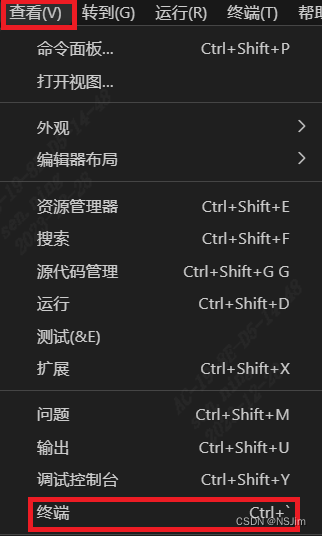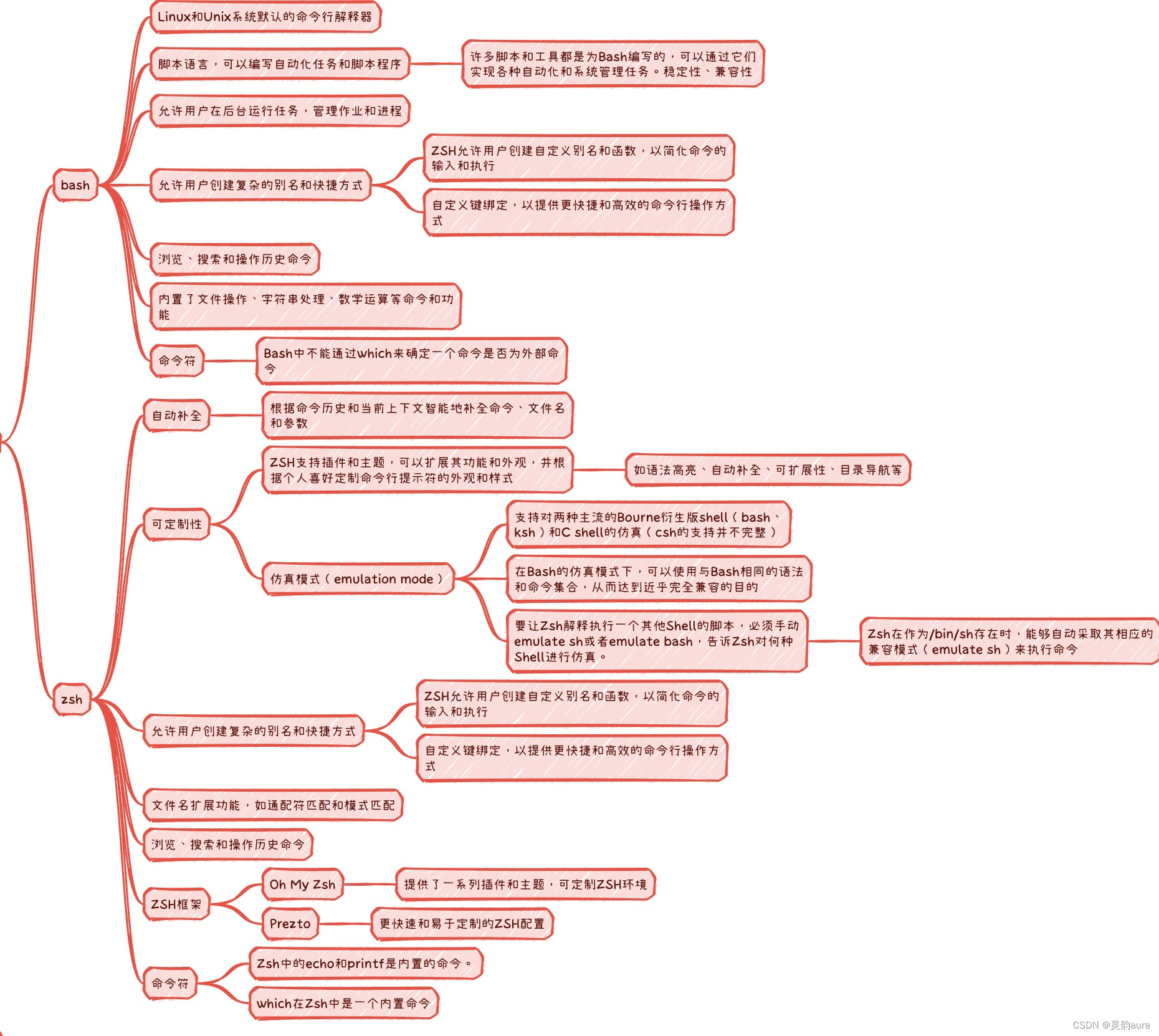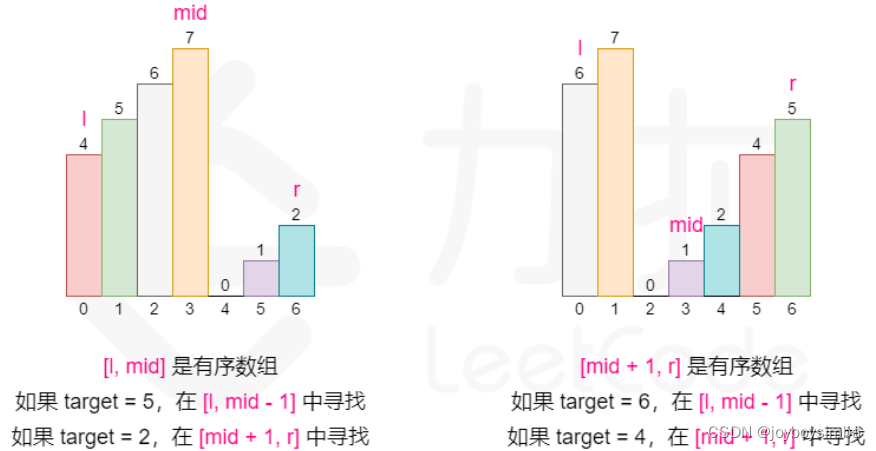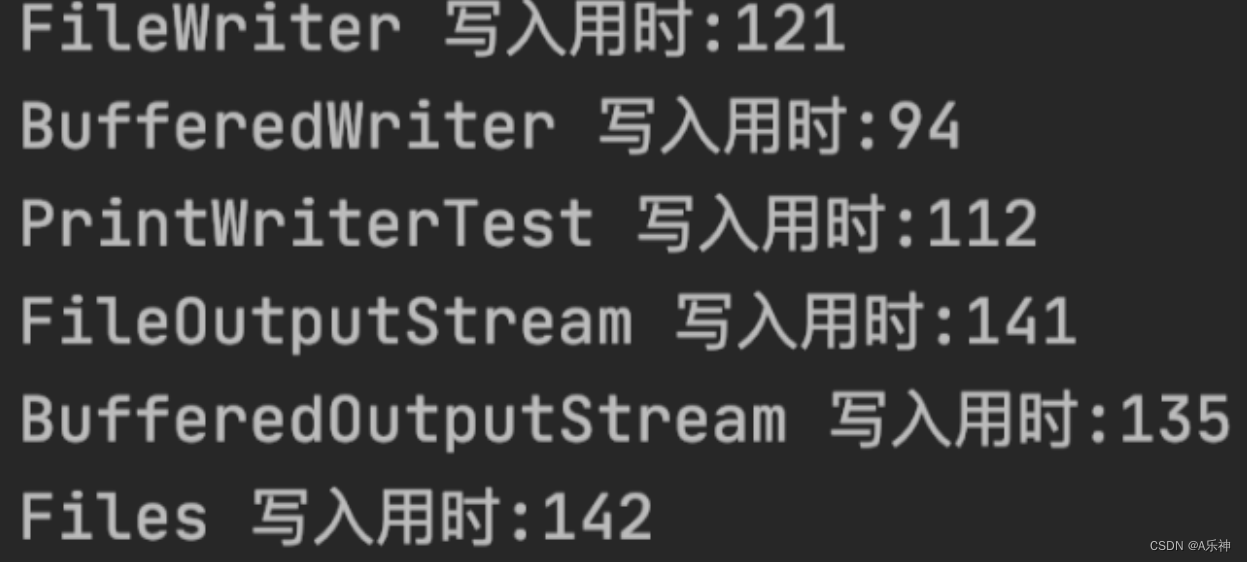title: 跑步中位数
date: 2024-01-04 15:47:51
tags: 对顶堆
catefories: 算法进阶指南
题目大意

解题思路
动态维护中位数问题。可以建立两个二叉堆,一个大顶堆一个小顶堆,在依次读入整数序列的过程中,设当前序列长度为 M M M,我们始终保持:
1.序列中从小到大的 1 ~ M / 2 的整数存储在大顶堆中
2.序列中从小到大的 M / 2 ~ M 的整数存储在小顶堆中
任何时候,如果某一个堆的元素过多,打破了这个性质,则取出该堆的堆顶插入另外一个堆当中。这样以来,序列中的中位数就是小顶堆的堆顶
每读入一个数,如果比中位数小,则插入大顶堆当中,如果比中位数大,则插入小顶堆当中,在插入之后检查并且维护上述性质即可。
代码实现
#include<iostream>
#include<string.h>
#include<cstring>
#include<unordered_map>
#include<iomanip>
#include<vector>
#include<algorithm>
#include<math.h>
#include<queue>
using namespace std;
typedef long long ll;
typedef unsigned long long ull;
typedef pair<int, int> PII;
const int N = 2E6 + 10, mod = 998244353;
ll gcd(ll a, ll b) { return b ? gcd(b, a % b) : a; }
const int MOD = 998244353;
struct cmp1
{
bool operator ()(int &a,int &b)
{
return a>b;//小根堆,不是大根堆
}
};
void solve()
{
int x, n;
cin >> x >> n;
cout << x << ' ' << (n + 1) / 2 << endl;
priority_queue<int, vector<int>>l;//大根堆
priority_queue<int, vector<int>, cmp1> r;//小根堆
vector<int> ans;
for (int i = 1; i <= n; i++) {
int c; cin >> c;
if (r.empty()) {
r.push(c);
}
else {
if (c < r.top()) {
l.push(c);
}
else r.push(c);
while (l.size() + 1 < r.size()) {
l.push(r.top());
r.pop();
}
while (r.size() < l.size()) {
r.push(l.top());
l.pop();
}
}
if (i & 1) {
ans.push_back(r.top());
}
}
int cnt = 0;
for(auto x : ans){
cout << x << ' ';
cnt ++;
if(cnt % 10 == 0) cout << endl;
}
if(ans.size() % 10 != 0) cout << endl;
}
int main()
{
int t; cin >> t;
while (t--) solve();
}



















